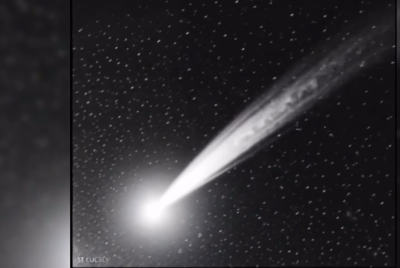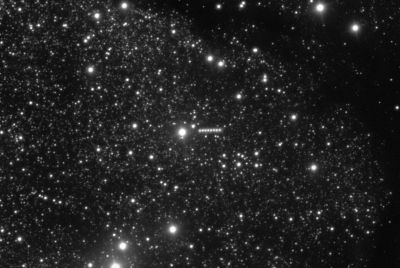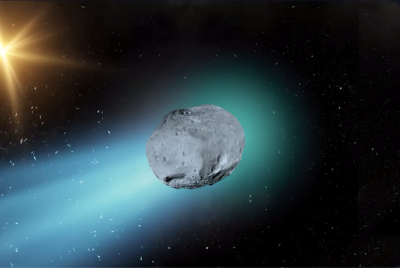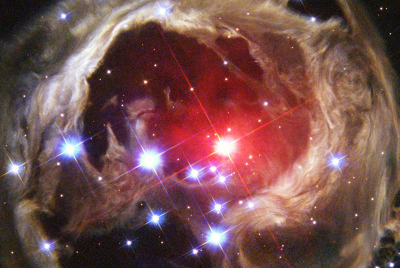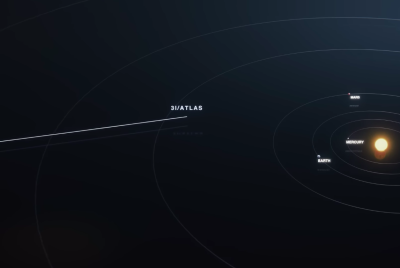3I/ATLAS Defies Predictions: Interstellar Visitor Forces NASA and ESA Into Emergency Monitoring
3I/ATLAS 'Trojan Horse' theory sparks emergency NASA & ESA monitoring.
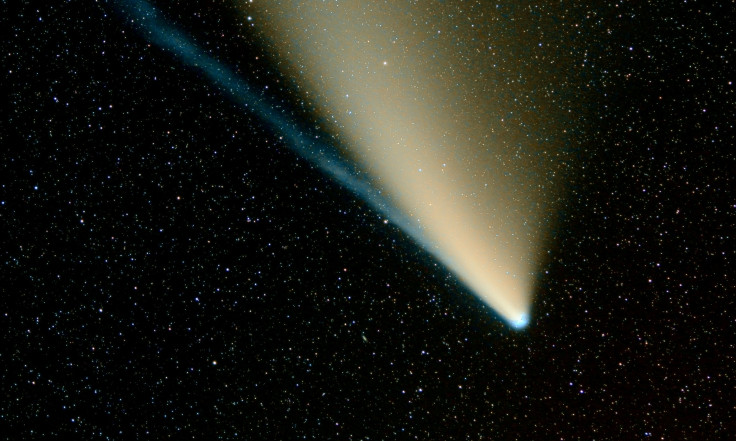
Something strange has entered our Solar System, and it's defying all predictions. The interstellar visitor, 3I/ATLAS, is behaving so erratically that it has forced NASA, the European Space Agency (ESA), and the International Asteroid Warning Network (IAWN) into an unprecedented monitoring campaign. Its arrival marks only the third time such an object has been identified, but this one is different.
The object is now on a trajectory that will intersect with two active spacecraft, offering a rare, if alarming, opportunity to study it up close.
A Rare Encounter with an Interstellar Traveller
The object 3I/ATLAS is expected to pass near NASA's Europa Clipper and the ESA's Hera spacecraft between 25 October and 6 November. A pre-print study from European researchers notes the craft will be 'immersed within the ion tail of 3I/ATLAS'.
This provides a unique 'opportunity to detect the signatures of an interstellar comet's ion tail'. Encounters with these ion tails are exceptionally rare.
They offer a direct sample of material from beyond our Solar System. Such crossings are difficult to detect and have historically gone unnoticed, appearing only as small fluctuations in solar wind measurements.
What Can We Learn from a Comet's Tail?
NASA's Europa Clipper, currently en route to Jupiter's moon, is equipped with plasma instruments and a magnetometer. If solar wind conditions are favourable, it will have a rare chance to study the tail's material.
ESA's Hera mission, however, is not equipped to measure ions or magnetic fields. Even if Europa Clipper cannot measure all components, researchers noted the mission could still reveal the ion tail's structure.
Researchers use a program called Tailcatcher to predict these encounters. For 3I/ATLAS, it predicts minimum distances of roughly five million miles, close enough to potentially gather data.
'We have virtually no data on the interior of interstellar comets and the star systems that formed them', co-author Samuel Gran, a postdoctoral researcher at the Finnish Meteorological Institute, told Space.com. 'Sampling the tail in this way is the closest we can currently get to a direct sample of such an object, and thus a different part of the galaxy'.
Is 3I/ATLAS a 'Trojan Horse'?
While most researchers believe 3I/ATLAS is a comet, not everyone is convinced of its natural origin. Harvard professor Avi Loeb has stated there is a 30 to 40 per cent chance the object 'does not have a fully natural origin'.
Loeb even noted the possibility that it is a 'Trojan Horse', where a technological object could be masquerading as a comet.
This extraordinary claim is based on several anomalies. The object has displayed unusual features, including a release of specific metals and an 'anti-tail', which is a jet of particles pointing towards the Sun rather than away from it. It has also reportedly flipped its jet around twice.
🚨 BREAKING NEWS 🚨
— Ezee (@EzeemmaCraic) October 25, 2025
NASA has gone dark, quietly activating Earth defense systems as A Manhattan-sized interstellar object — 3I/ATLAS — has suddenly grown a mysterious tail…
Harvard’s Avi Loeb now warns it could be an alien “Trojan horse” maneuvering through our solar system 👀… pic.twitter.com/PUdk4VLHza
Why This 'Visitor' Has Sparked a Global Defence Drill
The object's odd behaviour and unpredictable trajectory have triggered a serious response. The IAWN, which tracks near-Earth objects (NEOs) for potential impact threats, admitted 3I/ATLAS was causing 'unique challenges'.
In response, 3I/ATLAS has become the first interstellar object ever added to the IAWN's monitoring list, prompting a worldwide drill.
Scientists will run a special training exercise from 27 November 2025 to 27 January 2026. Telescopes and tracking systems globally will focus on the object to refine methods for pinpointing its exact location, improving Earth's detection skills for any potential incoming threat.
© Copyright IBTimes 2025. All rights reserved.


